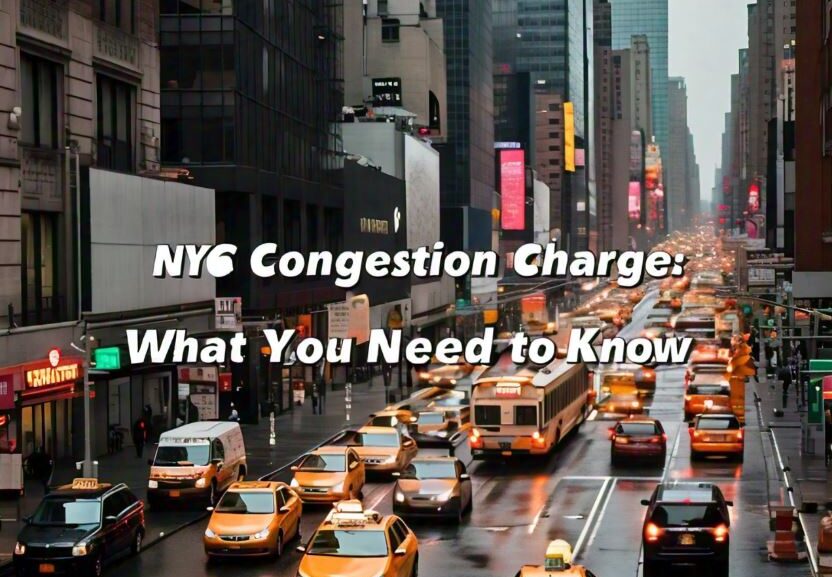New York City’s congestion charge is set to return in 2025, with a daily fee of $9 for drivers. The charge aims to reduce traffic congestion, improve air quality, and generate funds for the Metropolitan Transportation Authority (MTA).
How it Works
The congestion charge will be implemented in the Central Business District (CBD), which includes areas in Manhattan, Brooklyn, and Queens. Drivers entering the CBD will be charged a daily fee of $9 for cars and $4.50 for motorcycles. Small trucks and non-commuter buses will be charged $14.40, while large trucks and sightseeing buses will have to pay $21.60 [1].
Exceptions and Discounts
There are some exceptions and discounts to the congestion charge. For example, taxis will be charged $0.75 for all trips to, from, or within the CBD, while Uber and Lyft will be charged $1.50 [2]. Additionally, drivers who enter the CBD for medical or emergency purposes will be exempt from the charge [3].
Revenue Generation and Use
The congestion charge is expected to generate $15 billion over time, which will be used to fund MTA improvements and expansions [4]. The revenue will be used to upgrade the city’s public transportation system, including the subway, bus, and commuter rail networks.
Environmental Benefits
The congestion charge is also expected to have environmental benefits. By reducing the number of vehicles on the road, the charge will help to decrease air pollution and greenhouse gas emissions [5]. This will contribute to a cleaner and healthier environment for New York City residents.
Sources:
[1] The New York Times. (2022). Congestion Pricing Plan for New York City.
[2] CNN. (2022). New York City’s congestion pricing plan: What you need to know.
[3] Gothamist. (2022). NYC’s Congestion Pricing Plan Gets Final Approval.
[4] Bloomberg. (2022). New York City’s Congestion Pricing Plan to Raise $15 Billion.
[5] Environmental Defense Fund. (2022). Congestion Pricing in New York City: A Win for the Environment.

